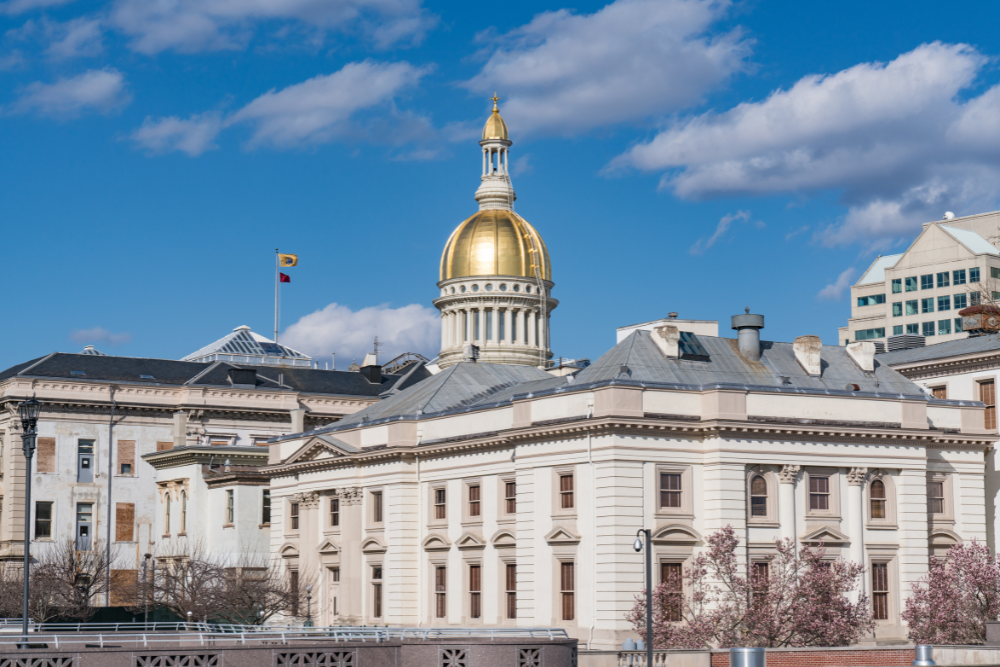If you’re one of Altus Power’s 30,000-plus Community Solar subscribers across the country, you might be ready to boast that your household is running on solar power. But actually, the solar projects you’re supporting are providing electricity to your local utility’s grid. So when you subscribe to Community Solar, you’re supporting solar energy that may or may not end up turning on your lights but is certainly helping to power your community.
Here’s how it works: Sunlight hits the panels at one of Altus Power’s solar projects, which are supported by subscribers who have a share of the energy output. Photovoltaic technology in the panels converts light into electricity. That solar project then supplies that electricity into a utility’s grid, where it is pooled in an energy mix that might include other sources — wind, hydro, nuclear, coal, et cetera — to power households, offices, businesses, and everything else connected to the grid.
As a subscriber, you’ll receive solar credits for the clean energy produced by the size of your subscription (which is determined by your historical energy usage), and these credits reduce the amount you owe on your monthly utility bill. You pay Altus for the solar credits at a discount of 5 to 20%, depending on your location. That’s how you save money with Community Solar.
“As a Community Solar customer, you wouldn’t get the exact electrons that are being produced by the system,” Ben Delman, senior director of communications at the nonprofit organization Solar United Neighbors, explained to CNET. “What you do get is a credit on your bill relative to the share of the community solar array that you either own part of, rent part of, or have a stake in.”
Furthermore, not only does the clean electricity of Community Solar reduce your community’s reliance on fossil fuel-based energy, but it also provides numerous benefits to the community — making grids more efficient, for example, by distributing energy production and more reliable by increasing resilience ahead of weather events or other potential disruptions.
And in many cases, Community Solar is shortening the transmission distance between energy producer and energy consumer. For example, Altus has a 2.7 megawatt solar project located on the parking canopies at Morgan Stanley Wealth Management’s campus in Purchase, New York. That solar project is expected to save the carbon equivalent of burning more than 2.9 million pounds of coal or more than 4,700 barrels of oil as compared to utility power. And while Morgan Stanley is benefiting from 40% of that project’s clean electric power, the rest is made available to the surrounding community.
In another example, an Altus Power Community Solar Partnership Program with Blackstone and CBRE offered employees of both companies a chance to subscribe to the benefits of clean energy generated from Altus Power’s solar project on the rooftop of a large self-storage facility in the Bronx, New York.
“Community Solar is a perfect example of how commercial scale solar can deliver clean energy right where it’s needed,” Altus CEO Gregg Felton explained in a recent blog post. “With Community Solar, we can install solar on facilities like industrial buildings, municipal rooftops or even brownfields without an attractive alternative use. The power our systems generate can then be redirected to serve surrounding communities with the benefits of clean and discounted power.”
Plus, by supporting Community Solar, you’re supporting a system that brings clean energy benefits to households that otherwise couldn’t access those benefits. Perhaps the residents of those households don’t own their building, perhaps because they don’t have a suitable roof, or perhaps because they can’t afford the panels. A 2016 analysis reported that 77% of U.S. residential households are likely ineligible for rooftop solar installations. So, Community Solar helps make the transition to clean energy more equitable.
“This model is powerful because it not only brings renewable energy to local households at lower rates, but it also creates a sustainable business model that benefits everyone involved — the landlord, the community, and the grid itself,” Felton added in the blog post.
If you aren’t already an Altus Power Community Solar subscriber, getting started is easy, especially because there are no fees or upfront costs, there’s nothing to install, and you can cancel any time. Go to join.altuspower.com to check your eligibility and begin the application process. If you have any questions or want to know more about Community Solar, contact our Customer Experience Team any time at hello@altuspower.com.
Interested in getting started with Community Solar?
Reduce your monthly power bill and help your community go green with Community Solar.




.png)
